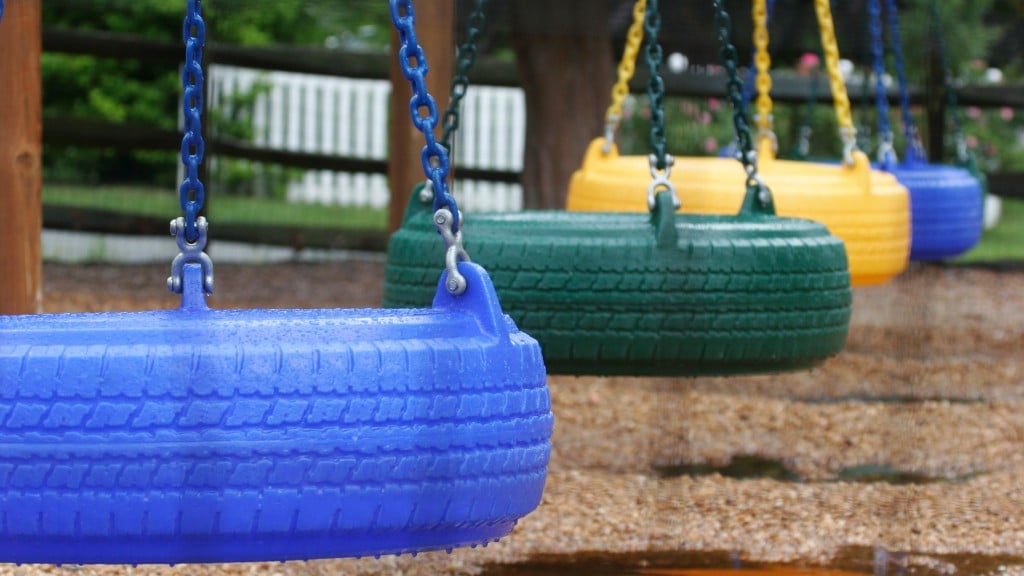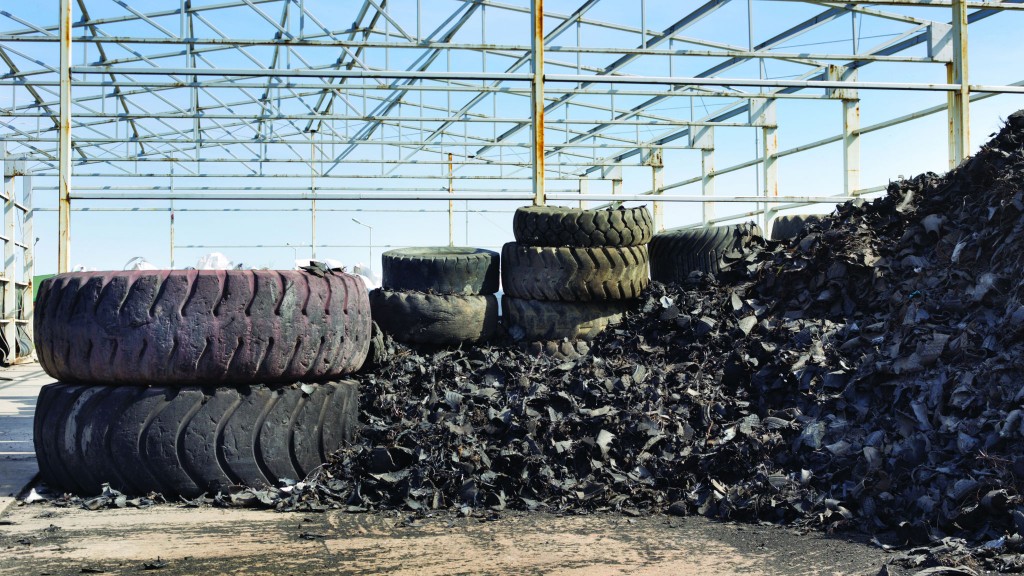Ontario end-of-life tire program is demonstrating IPR success on the road to a circular economy

Ontario's approach to waste diversion could benefit the future of the entire scrap tire industry across Canada, reduce our carbon footprint and help develop a more circular economy. Over the last two years, the Ontario government has experimented with a new model that has shifted government-driven tire programs to an industry-owned framework, to try and fit the updated paradigm of reduce, reuse and recycle.
The Ontario model is called Individual Producer Responsibility (IPR), which means there are specific targets to meet, and financial responsibility and liability for end-of-life management of products lies with the individual companies or producers who introduce products into the marketplace. IPR is different from EPR (extended producer responsibility) which involves shared financial responsibility for recycling costs among producers. Ontario is the first province in Canada to embrace the model with respect to used tire recovery.
Under the IPR model, companies who sell tires into the Ontario marketplace take full responsibility for their end-of-life collection, management, recycling and ultimately, for turning them into a valued resource. This is significant for a circular economy as it places responsibility on tire manufacturers and automakers to manage the waste produced by their products. By giving end-of-life tires a second life, they become potential raw materials for other products and thereby promote a shared responsibility for waste diversion.
Ontarians and tire recycling
Each year there are over 12 million new tires sold in Ontario. In 2020, eTracks conducted a province-wide survey focused on public perceptions of tire recycling, the circular economy, and what it means for Ontarians.
While the province has taken great strides towards sustainability in the last two years, this survey revealed that not enough Ontarians are actually aware of where end-of-life tires go or how they are disposed of. In fact, nearly half of Ontarians do not know whether scrap tires are recycled or thrown into landfills, and 14 percent (approximately 1.5 million adults) do not believe tires are recycled at all. According to the survey, while in reality producers are responsible for recycling every single tire they sell in Ontario, only 32 percent of the population is aware of this fact.
Given that 81 percent of Ontarians agree that purchasing recycled products helps to combat climate change, according to the survey, there is optimism that we will continue to see an increasing number of byproducts made from end-of-life tires used in our day-to-day lives -- in products ranging from playgrounds and sports fields to welcome mats and patio tiles.
Overall, according to the 2020 survey, Ontarians are quite positive towards recycling and the future of having a more circular economy. Most agree that it makes sense for tire producers to be responsible for recycling end-of-life tires and for giving them a second life by turning them into a sustainable resource. In turn, this wouldn't just improve the future of the environment but the future of the economy, as 84 percent also agree that investing in green technologies would help create jobs in the province.
Continued efforts are imperative to help increase awareness about end-of-life tires as a resource, and to encourage innovation through research and development programs that find new and environmentally sound uses for end-of-life tires in a post-pandemic economy, using sustainable practices and to help combat climate change.
So, what does a corporate-led IPR model mean for the industry and its participants, and will it be successful? So far, the experimental model in Ontario is working. The industry is performing positively, and tire producers are achieving both imagined and desired outcomes of the regulation. They are taking responsibility for not just selling tires into Ontario but also managing them through to their end-of-life and converting them into source materials for other products and purposes.
The hope is to apply this success to other materials - in addition to tires - as part of the overall model, not only in Ontario, but other provinces as well, in the months and years ahead. The IPR experiment demonstrates that producers are able to show industry leadership, corporate responsibility and significant environmentally beneficial outcomes. Solutions to our waste problems will come not only from reducing how much goes to landfills and increasing how much we recycle, but creating new and innovative uses for our recycled materials.
eTracks Tire Management Systems was incorporated by the Tire and Rubber Association of Canada (TRAC) to meet the needs of its members and other obligated producers to responsibly manage and dispose of ELTs (End of Life Tires) in Ontario as required by the Ontario Resource Recovery and Circular Economy Act (RRCEA). Steve Meldrum is the CEO of eTracks Tire Management Systems.



